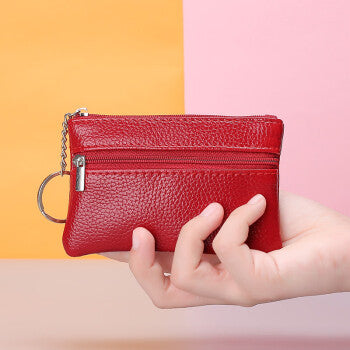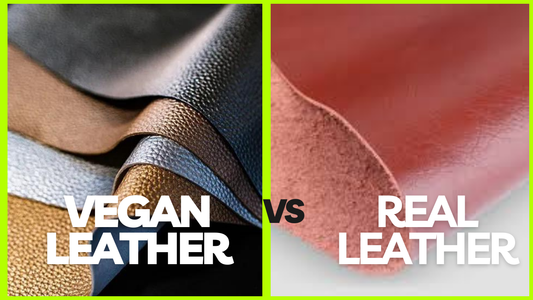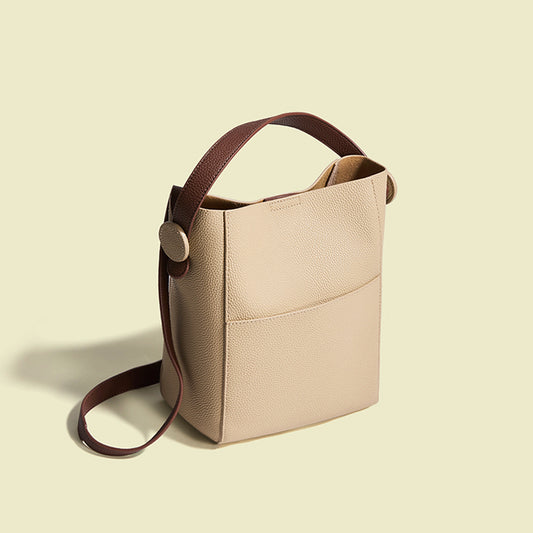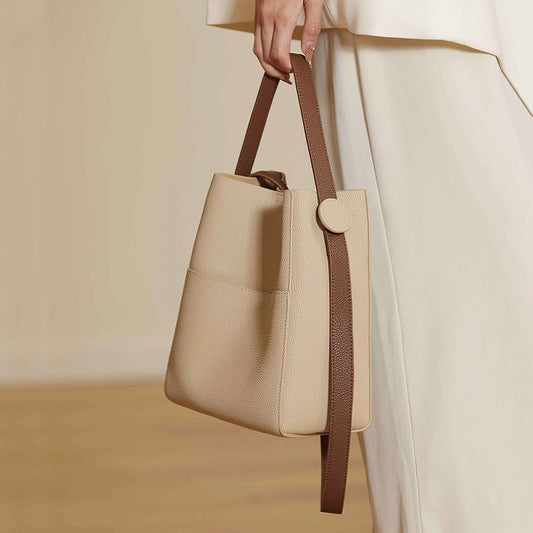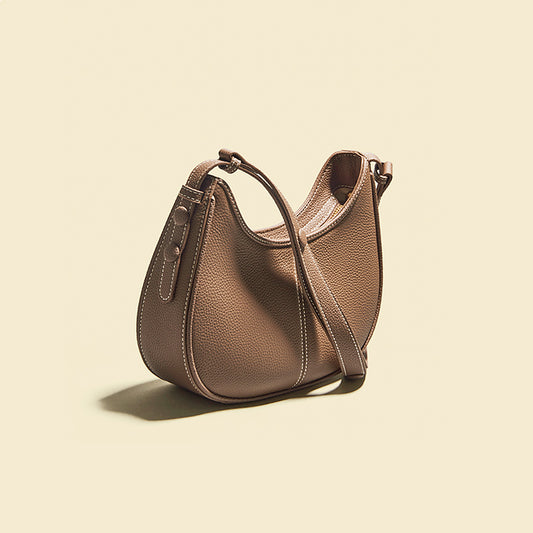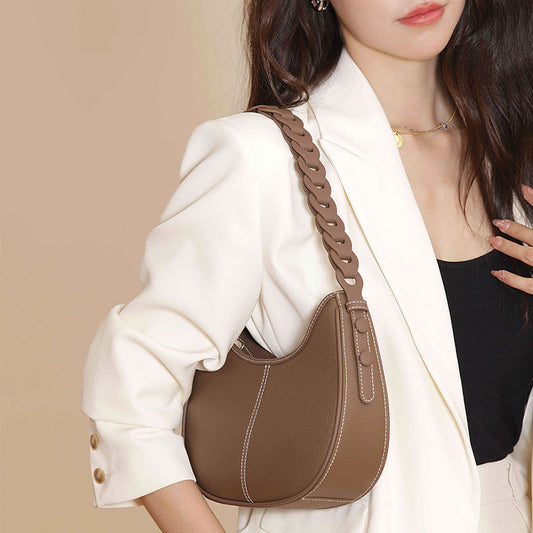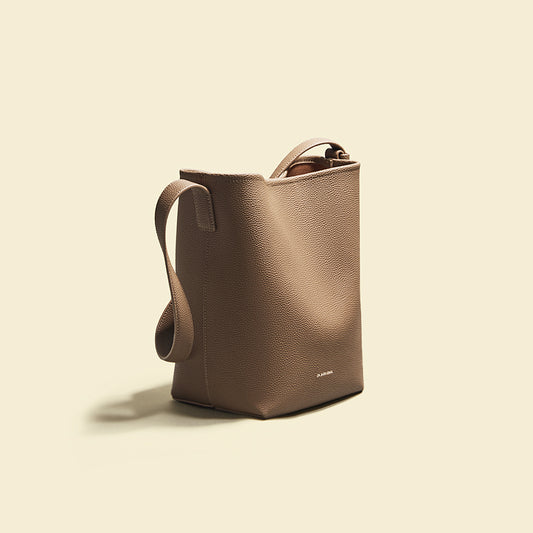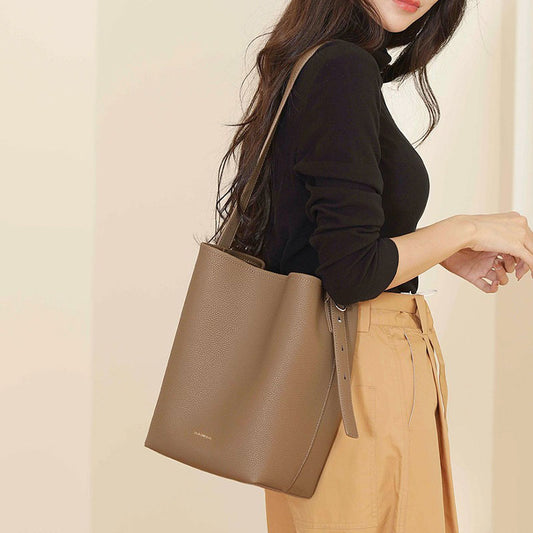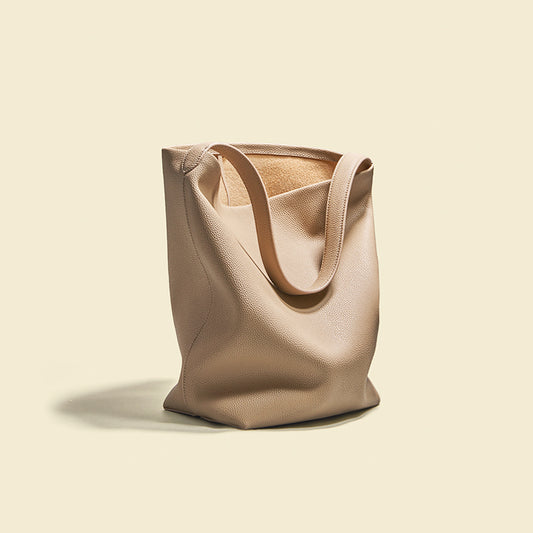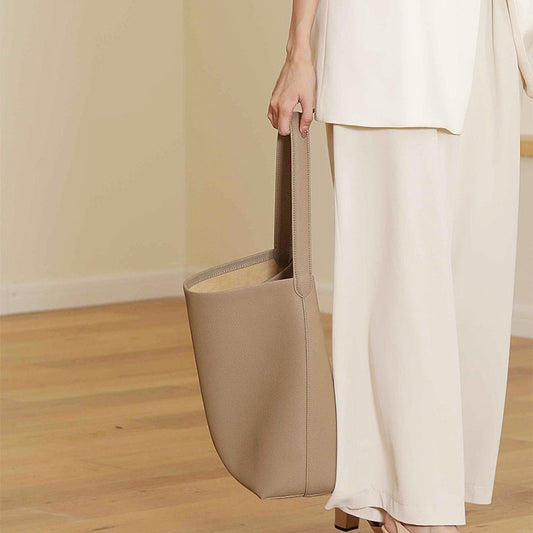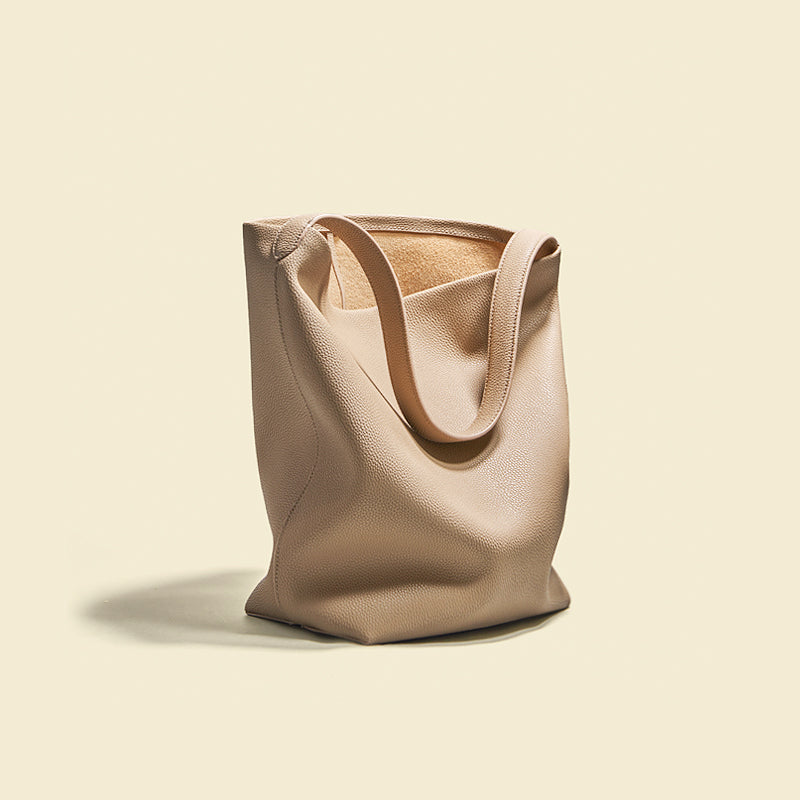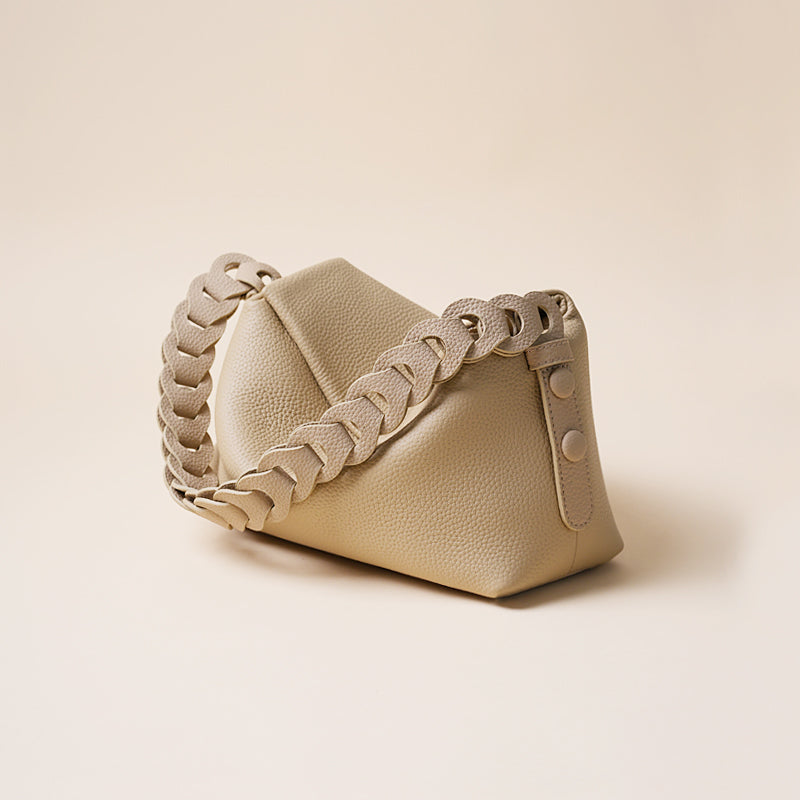(Identification of leather, structure, defects, categories, grading, inspection)
Leather is a creative material. We use it in wallets, clothes, furniture, purses, and even shoes. It's soft to the touch but long-lasting and unique. Used for ages, leather can be seen in Egyptian Tombs and China 4500 years ago!
Lambskin, cowhide, nubuck, suede, full grain, top grain... There are so many types of leather, with hundreds of different characteristics. It can be overwhelming to know where to start when purchasing leather and getting your leather products made.
What is leather? Generally, consumers are accustomed to associating "leather" together and calling it indiscriminately, in fact, "leather" and "leather" are different, they are both closely related and strictly different.
There is a strict difference, chemical processing tanning into a fixed, durable material called leather, without physical and chemical tanning of rawhide after drying especially hard, but soaked in water and become soft and easy to rot.
After chemical tanning, due to tanning agent and rawhide in the protein fibers firmly combined because of the fixed animal skin into soft, tough water is not easy to deformation, dry, not easy to shrink, moisture and heat resistance, chemical resistance.
The leather has the advantages of softness, toughness, water resistance, dryness, shrinkage resistance, heat and humidity resistance, chemical resistance, and so on.
1. Definition of leather.
Directly to the animal body peeled off the skin without processing is called rawhide, after a variety of processing technology made of leather called leather.
2. The type of leather.
Including cattle, pigs, sheep, snakes, horses, kangaroos, crocodiles, lizards, and other skins, of which cowhide, pigskin, and sheepskin mainly account for 95%.
3. The anatomical structure of the dermis.
Leather is divided into four layers
① grain layer ② mesh layer ③ tissue layer ④ muscle layer
4. The characteristics of various kinds of leather
Fetal cowhide: leather surface bead pattern fine spinning, feel soft and elastic made of suede feel particularly soft and fine, male with growth marks, women's senior uppers.
Calfskin: leather surface bead grain slightly rough, there are obvious growth marks, pulling force is particularly strong, elastic good feel very good, mostly used for men and women's senior shoes.
Child cowhide: slightly rougher than the calfskin surface some leather fibers slightly slack, extension is very high men's B grade shoes
Big cowhide: leather surface rough flaw more, men's cheap shoes.
Calfskin: leather surface firm, strong enough, capillary pores and bead pattern rule, beautiful women's senior shoes or gift shoes with.
Goat skin: the larger the skin surface bead pattern is not detailed enough, can be rubbed into a round bead pattern surface, women's B-class shoes.
Snakeskin: embroidery is very special, thin leather, but not comfortable to wear women's A-class popular shoes.
Horse skin: loose skin body, rough leather surface, more detailed hip skin, for men's operating shoes.
Kangaroo leather: durable, soft, close to the child cowhide, men's and women's shoes.
Genuine leather with its unique naturalness, breathability, and fluke curvature, is applied to purses, shoes, clothing, and handbags to be a wide range of life is any other chemical products can not be replaced.
5. The identification of genuine leather?
1, genuine leather grain is natural, inconsistent strong, (PU, PVC leather grain is consistent)
2, touch the flesh (skin sense) astringent feeling, and artificial leather touch smooth
3, leather smells like an animal smell, and artificial leather is a kind of chemical material smell
4, burning leather has a kind of fat burning smell, artificial leather burning green flame and liquefied, the smell is pungent
5. Look at the cut surface, leather has fiber tissue, and the artificial leather general cut surface has small holes in foam chemical materials.
6. The rawhide flaw
(mainly cow tendon, vascular grain, scratch, knife wound, wind nail, gadfly eye, pinhole, loose surface, crack surface)
1、 Injury caused by survival
A, stab wounds: wire wind and tree thorns of the stab wounds or gladiatorial damage?
B, branding: hot iron, sulfuric acid to make a mark?
C, insect spots: vermin, cattle, snakes, etc. bite through the surface of the cowhide, and the residual damage of the slaughter of the spots.
D, knife wound: slaughter when the fibrous tissue is damaged
E, blood vessels: slaughter when bleeding is not sufficient
F, peeling injury: the skinning machine overstretched and produced by the laceration
2、Damage in the preservation
A salt spot: uneven staining occurs due to the generation of phosphate
B, corruption: bead surface or fibers have corrosion decomposition state
C cracks: preserved for too long to make the skin too dry bead surface burst
7. The finished leather categories
① bead surface: bead surface leather, grinding surface grain, hammer leather
② beaded leather: preserve the natural good uppers, with cattle species and growth process presents different appearance can be embossed to change the shape
③ grinding grain: poor bead surface, sandpaper flawed refuge to improve the use of embossing or plane
④ hammer skin: face skin is taken off the fiber layer, anti-hair hammer skin or on the coating to become paint hammer skin, that is, wet or PU hammer skin or paste PU mold into the post-dry PU hammer skin
B, corruption: bead surface or fiber has corrosion decomposition state
C, crack: save too long to make the skin too dry bead surface burst
8. Leather inspection specifications
Leather grade: according to the use rate for inspection and grading, combined with the use of shoe type, guests accept the flaw, strength, leather, width size, usually divided into five grades
A grade: up to 85% or more
B grade: 75%-85%
C grade: 65%-75%
Grade D: 55%-65%
Grade E: less than 55%
General consumer grade hides increase by 5 percentage points, i.e. Grade A up to 90% or more - Grade E 60% or less.
Conclusion
leather is a versatile material that is extremely popular and loved by many. It has endured the test of time and has seen numerous changes in the past and present. Whether it's reshaped, reworked, and remade into entirely new things, or kept in its traditional state, it's a timeless material that will continue to endure into the future.
It is no longer highly encouraging to learn and gather as much knowledge about leather as you are able. We also recommend that you commit yourself to learn all the things possible about leather with the assistance of others.
Many online sources can provide a wealth of knowledge on this subject, including us, so do not be afraid to ask anyone who you believe might know what they are talking about. You will always benefit by learning and taking advantage of other points of view.
We at Regina leather purse have been bag and tanning leather for over a decade, so we think we have a pretty good idea in regards to leather.

